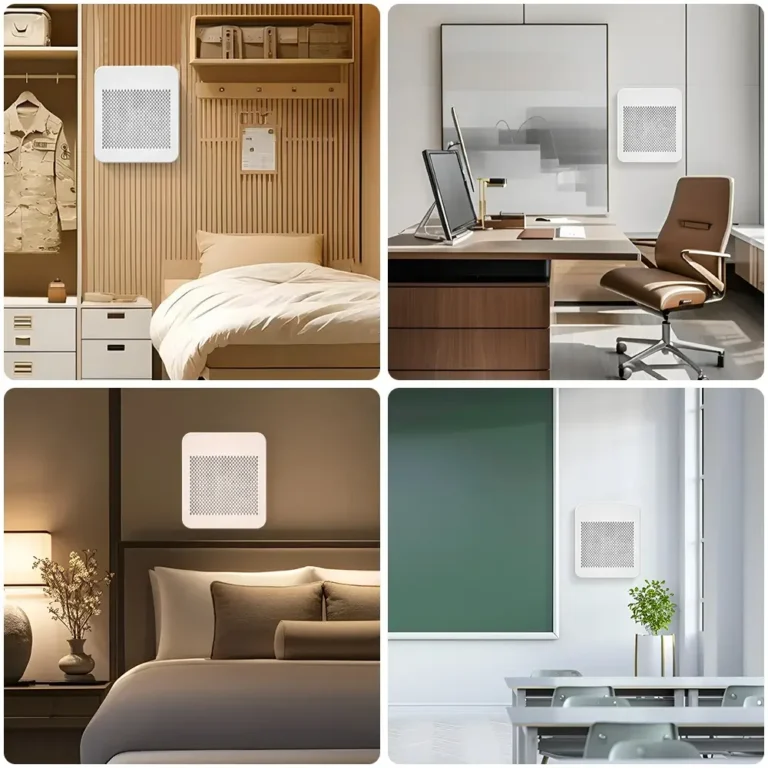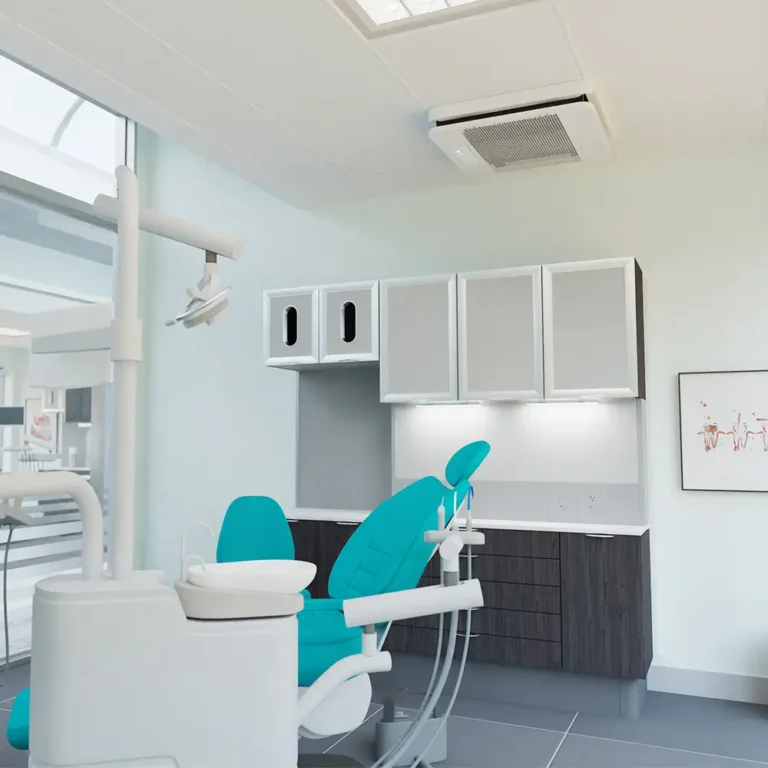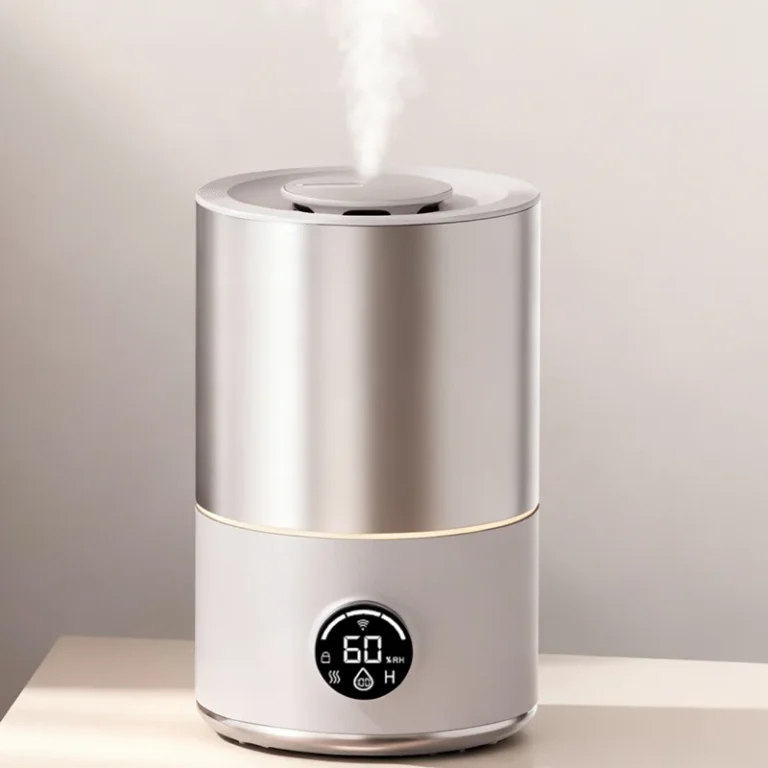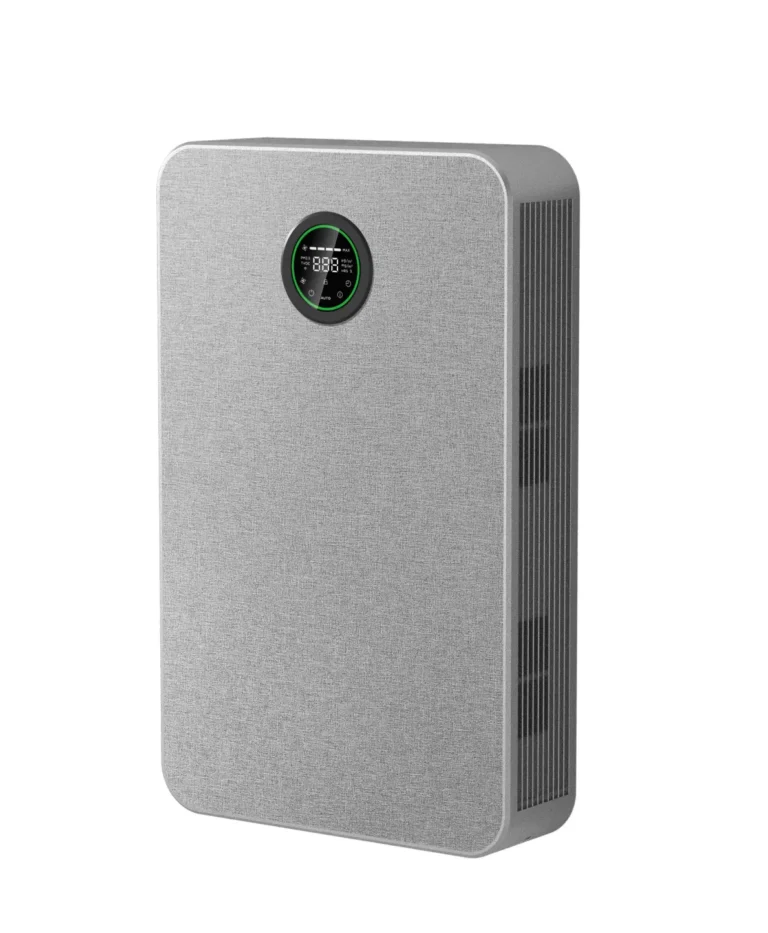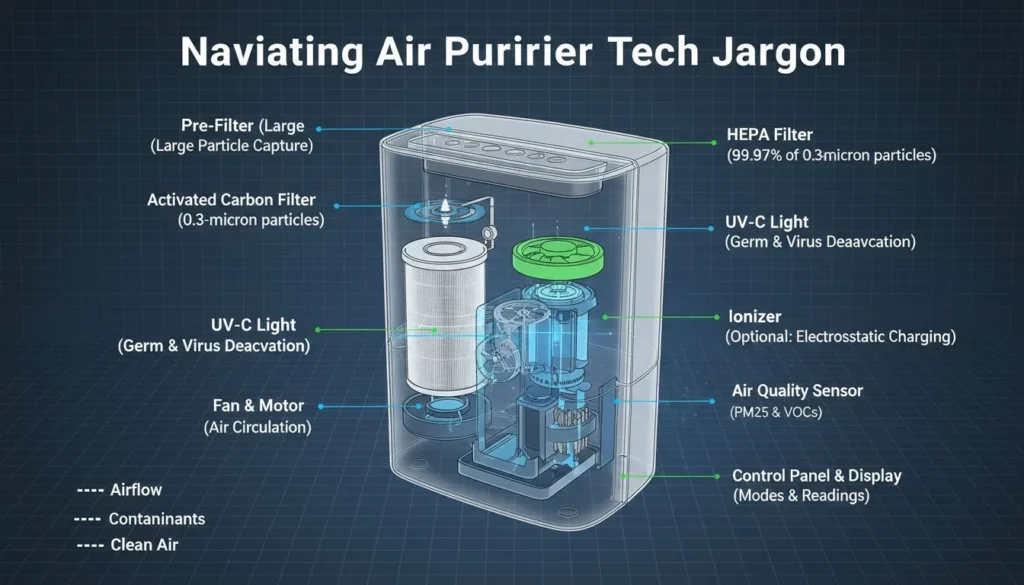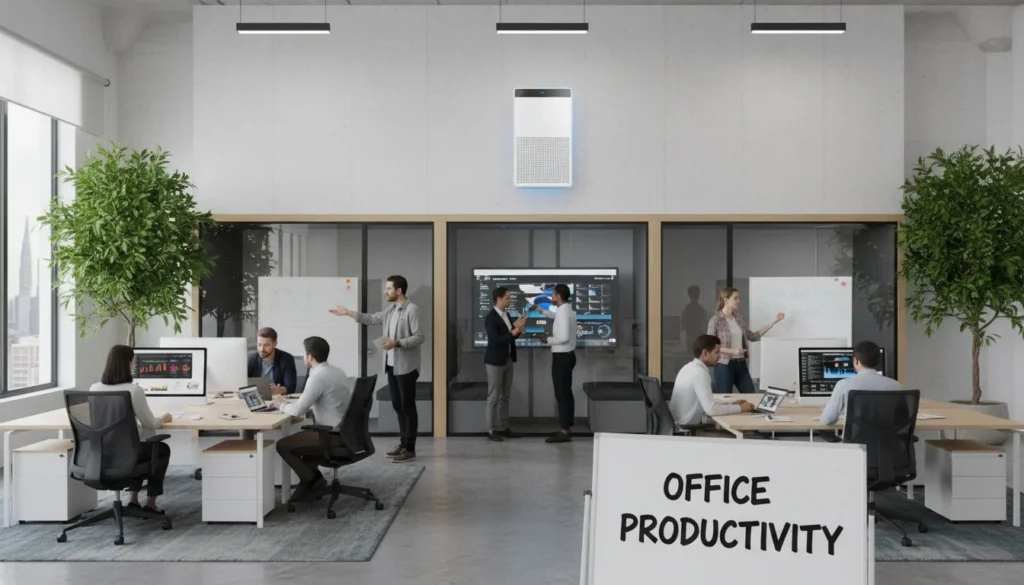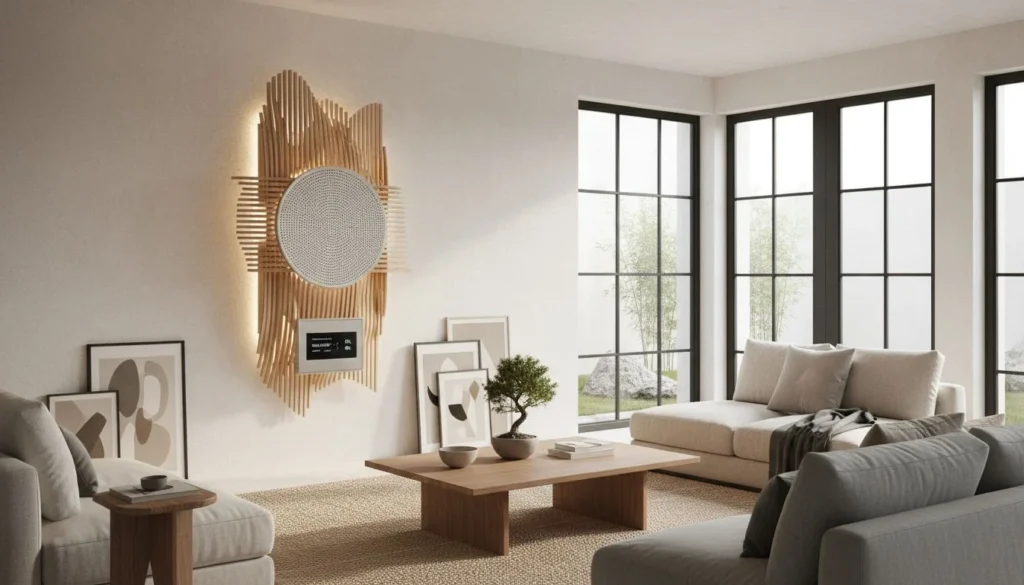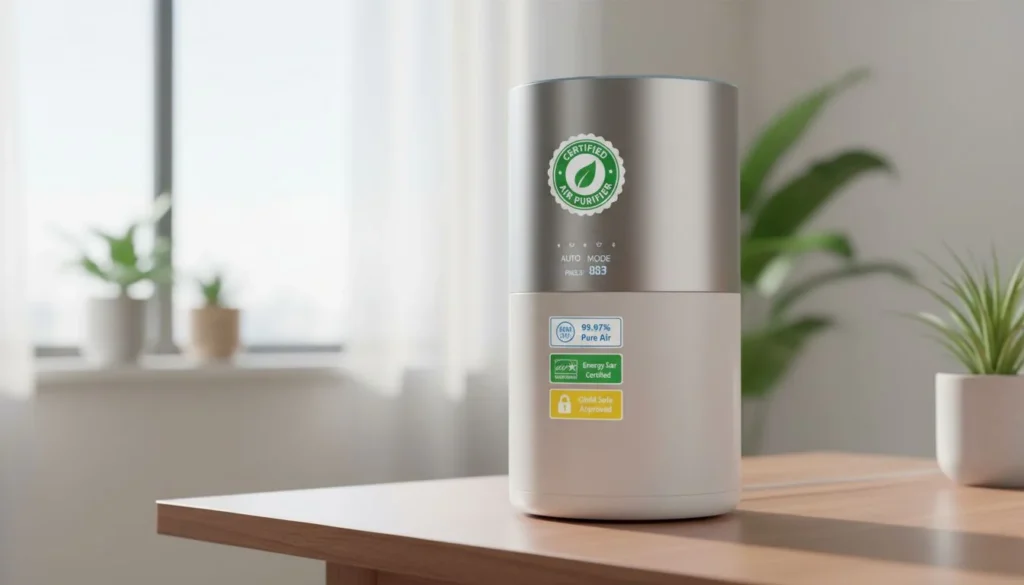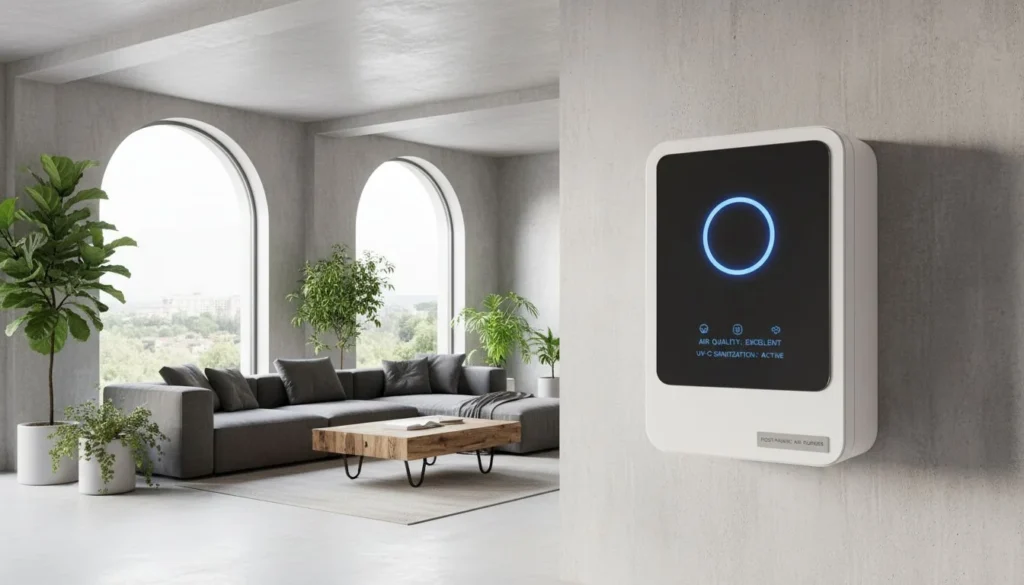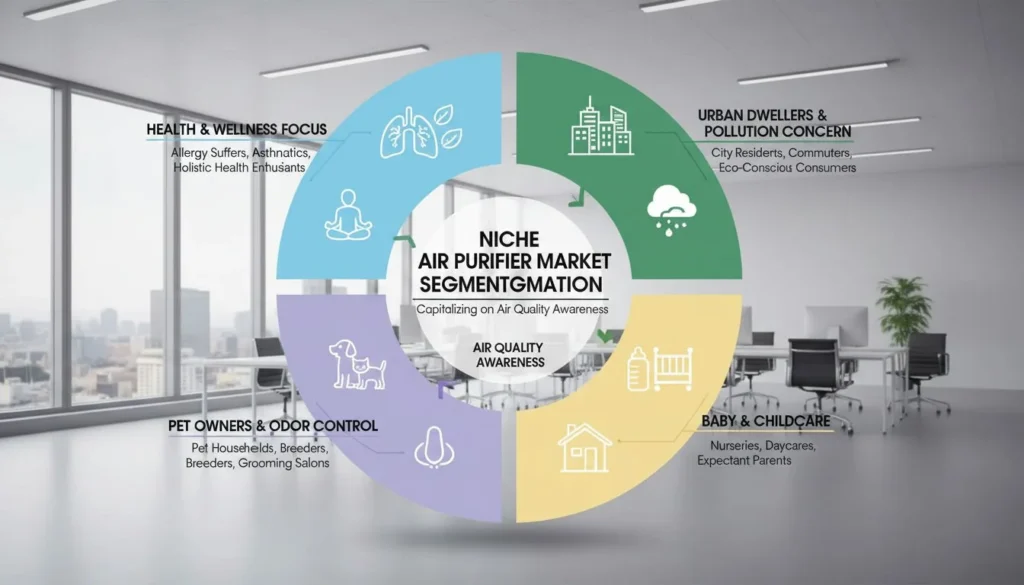について air quality market1 is booming, but finding the right partner is confusing. This guide breaks down which countries lead in what, helping you make a smarter choice.
No single country is the best at everything. Instead, different regions specialize. China excels at mass production2, North America and Europe focus on high-end industrial systems, and Nordic countries lead in premium design and analytics. This fragmentation creates opportunities for versatile suppliers.
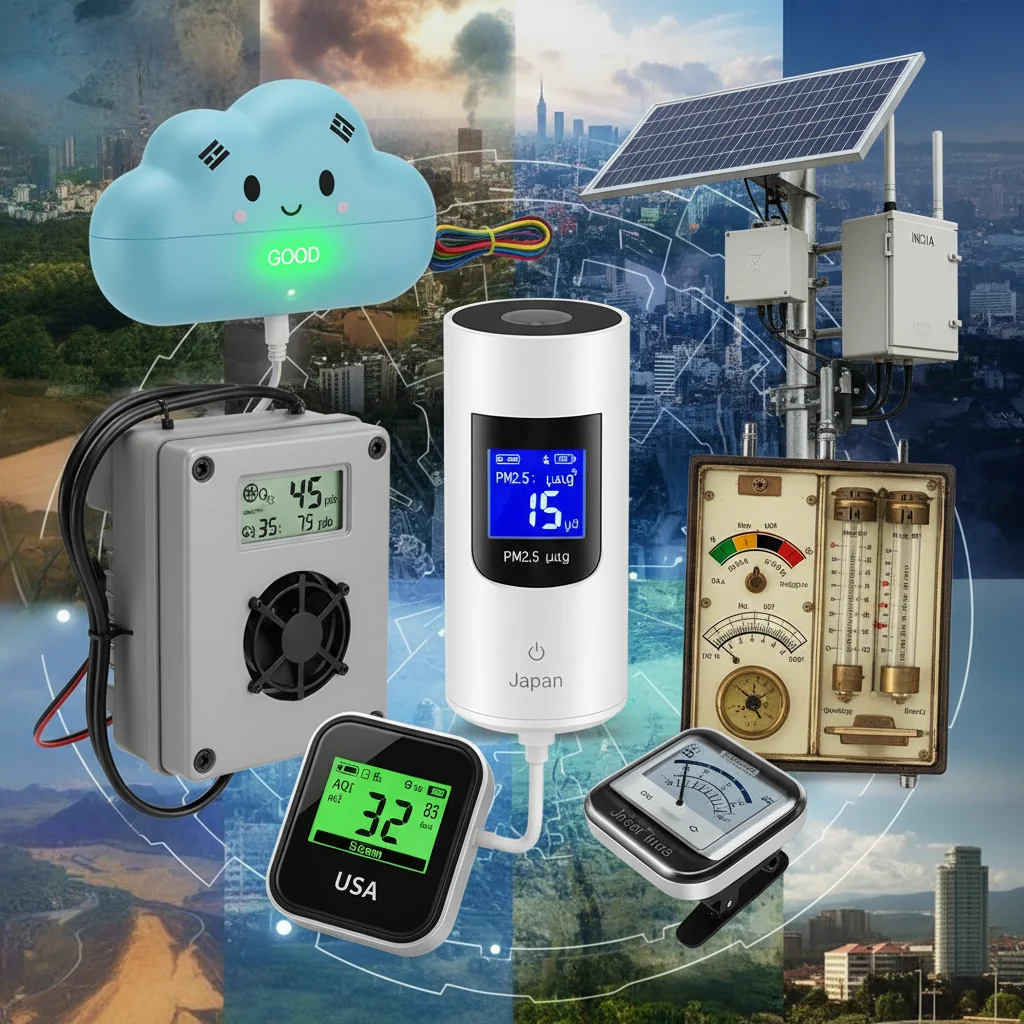
When I first entered this industry, I was struck by how fragmented it was. You had brands from one country known for price, and brands from another known for precision, but very few seemed to do it all. It became clear that understanding this global map wasn't just an academic exercise—it was the key to finding real opportunities and building a better kind of company.
This post is my attempt to share what I've learned. We'll look at the strengths of each major manufacturing region. More importantly, we'll see how these global trends create a clear opening for a new approach to air quality solutions. Let's dive in and explore the landscape together.
China manufactures over 90% of the world's room air purifiers.真
China's dominance in electronics and appliance manufacturing extends to air quality devices, making it the global hub for mass production and OEM/ODM services.
The United States is the sole leader in air quality monitoring innovation.偽
While the U.S. is a strong player, innovation is global. Countries like Switzerland (IQAir) and Finland (Vaisala) are benchmarks for high-tech analytics, AI, and premium consumer devices.
How Does the Global Landscape for Air Quality Devices Break Down by Region?
Trying to understand the global supply chain can feel overwhelming. You might miss the perfect partner for your needs by looking in the wrong place. Let's break it down.
The global market is divided by specialty. China is the powerhouse for cost-effective mass production. North America and Europe are the go-to for regulatory-grade, industrial systems. Nordic countries and Switzerland are masters of high-tech analytics and premium consumer products.

When we started ヒソエア, we spent a lot of time analyzing our competitors and the market. It quickly became obvious that geography defines strategy in this business. You can't just say one country is "best." You have to ask, "best for what?" Here’s a closer look at what I found.
China: The World's Workshop
China, especially in regions like Guangdong and Shenzhen, is the undisputed leader in scale. They are masters of OEM/ODMサービス, allowing brands from all over the world to produce devices at a competitive cost. This strength in mass production gives them a huge advantage in the consumer market. The trade-off is that many brands compete on price alone, sometimes at the expense of an "innovation" image.
Europe & North America: The Compliance Experts
Companies in Germany, the UK, and the United States often target a different market. They build robust, industrial-grade systems designed to meet strict government regulations like EPA or EU standards. These devices are typically higher-priced and sold to government agencies, scientific researchers, and large industrial clients who need certified precision and reliability above all else.
Nordic/Switzerland: The Innovation Hubs
Then you have a cluster of companies, like Vaisala in Finland and IQAir in Switzerland, that set the benchmark for the premium end of the market. They excel in high-tech analytics, predictive monitoring, and creating entire ecosystems driven by AI. They sell not just a device, but a sophisticated data platform. They are the trendsetters in both the high-end consumer and professional spaces.
Shenzhen and the Pearl River Delta in China are major hubs for electronics manufacturing, including air quality sensors.真
This region is a core part of the global electronics supply chain, offering immense capacity for producing components and finished goods efficiently.
All air quality devices made in Europe are more accurate than those made in Asia.偽
Accuracy depends on the sensor technology, calibration, and quality control of the specific brand, not the continent of origin. High-quality manufacturers exist in both regions.
How Does HisoAir Align with These Global Trends?
Navigating these different regional strengths is complex for any business. Choosing the wrong type of partner can lead to products that are too expensive or not reliable enough.
で ヒソエア, we built our strategy to bridge these gaps. We combine China's unmatched manufacturing efficiency with the design, compliance, and user experience standards expected internationally. This allows us to offer versatile products that serve everyone from homeowners to smart city developers.
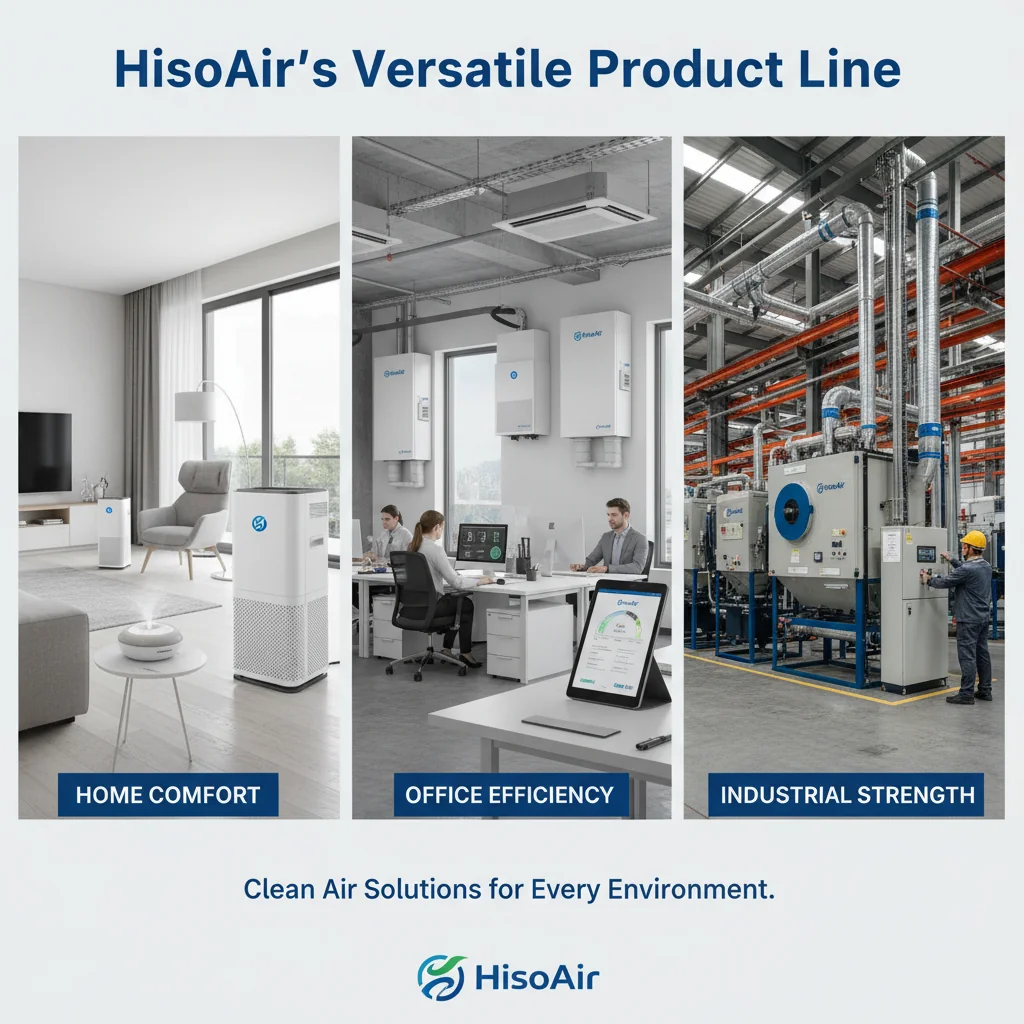
We saw this fragmentation not as a problem, but as our biggest opportunity. Why should a customer have to choose between an affordable device and a well-designed, reliable one? We decided they shouldn't have to. Our entire business model is built on providing the best of both worlds.
Bridging the Manufacturing Gap
We leverage our position within the world's most efficient manufacturing ecosystem. But we don't stop there. We invest heavily in international-level design and rigorous quality control. This means our partners and customers get the cost advantages of scaled production without sacrificing the quality, aesthetics, and reliability they expect from a global brand. We are, in essence, the bridge between Chinese scale and international quality.
Meeting Diverse Demands
The demand for clean air is coming from all angles. After the pandemic, homeowners are more focused on health and wellness. At the same time, smart city projects3 in the Middle East and Asia are deploying large-scale sensor networks. We designed our product lines to be versatile. We have solutions for home wellness, smart office monitoring, and even larger infrastructure projects.
From Hardware to a Complete Ecosystem
We learned from market leaders that the future isn't just about selling a box. It's about providing a complete solution. Our devices are built for connectivity. They integrate into smart home platforms, office management systems, and city-wide data dashboards. We are moving our narrative from "product" to "solution," offering the data and insights our customers increasingly demand.
The global smart city market is projected to grow significantly, increasing demand for environmental sensor networks.真
As cities become more connected, real-time air quality monitoring is a key component of public health and environmental management initiatives.
Standalone, non-connected air quality monitors are becoming more popular than smart devices.偽
The market trend is overwhelmingly towards connectivity, with users wanting data, remote control, and integration with other smart systems via apps and cloud platforms.
How Do Regional Strengths Compare to HisoAir's Offerings?
It's hard to visualize where different players fit in the market. You might end up paying a premium for a brand name or settling for a low-cost item that fails.
This table makes the comparison clear. While regions focus on one specialty—cost, compliance, or high-tech ヒソエア provides a balanced alternative. We deliver certified quality and modern design with the cost advantages of scaled manufacturing.
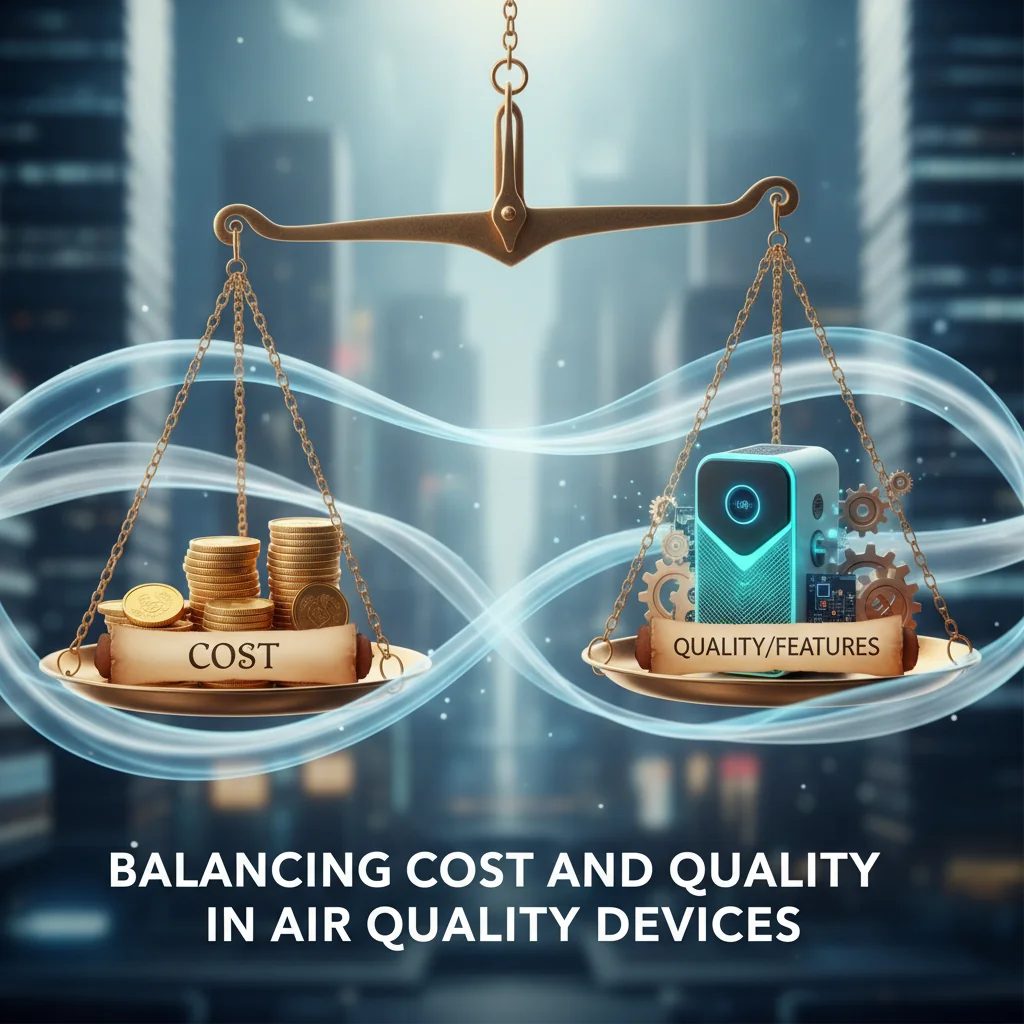
I believe in being transparent about where we fit. We aren't trying to be the cheapest option on the market, nor are we positioning ourselves as a luxury-priced scientific instrument. Our goal is to occupy the powerful middle ground that we believe serves the majority of customers best. This table shows exactly what I mean. It compares the general strengths of each region against the specific, balanced solution we've worked hard to create at HisoAir.
| Region/Player | Primary Strength | HisoAir's Synergy / Alternative |
|---|---|---|
| 中国 | Cost-efficient mass production, OEM/ODM scale | We use this manufacturing advantage but add international design, strict QC, and a global brand identity, moving beyond price. |
| Europe/N. America | Regulatory compliance, industrial-grade precision | We offer certified, reliable devices suitable for professional use but at a more accessible price point for wider adoption. |
| Nordics/Switzerland | Premium design, AI-driven data ecosystems4, brand reputation | We provide a similar focus on user experience and connectivity, making a "smart ecosystem" accessible without the premium price tag. |
This approach allows us to be a flexible and valuable partner. For Western brands looking to outsource, we are a reliable OEM/ODM partner who understands their quality standards. For direct customers, we are a brand that delivers exceptional value.
A strong price-to-performance ratio is a key purchasing factor for both B2B and B2C customers in the tech hardware market.真
Most buyers seek the best possible features, quality, and reliability for their budget, making value a critical differentiator.
Products from Western brands always have superior build quality compared to those from Chinese brands.偽
Build quality is determined by a brand's specific investment in materials, engineering, and quality control, not its country of origin. Premium Chinese brands can match or exceed the quality of many Western counterparts.
What Do These Specializations Look Like in Practice?
These strategic ideas about market segments can feel a bit abstract. It's hard to trust a strategy until you see how it actually works for real people and businesses.
Let's look at some examples. Imagine a smart city developer in Dubai needing thousands of affordable, reliable sensors. Or a facilities manager in London needing compliant IAQ monitors. We have specific solutions for each.

From the beginning, we knew we couldn't be a one-size-fits-all company. The needs of a family are very different from the needs of an industrial facility. That's why we developed distinct product strategies for the key market segments we wanted to serve. Here’s how our approach provides a concrete solution for different types of customers.
For the Smart City Developer
A developer in an emerging market like India or the Middle East needs to deploy hundreds or thousands of air quality monitors. They need devices that are scalable, affordable, easy to install, and reliable. Our "environmental monitoring5" line is perfect for this. It provides the essential data for urban planning and public health initiatives without the high cost of traditional scientific-grade equipment, making large-scale projects financially viable.
For the Corporate Facilities Manager
A manager of a Class A office building in Europe or the U.S. has different priorities. They need to ensure the indoor environmental quality6 (IEQ) meets health standards and employee expectations. They need precision, compliance, and easy integration with their building management system (BMS). Our "smart office monitoring" solutions provide this, offering certified sensors and a dashboard for tracking IAQ metrics, all while being more cost-effective than legacy industrial systems.
For the Health-Conscious Homeowner
A residential customer in a developed country cares about their family's well-being. They want products that are effective, quiet, energy-efficient, and look good in their home. Our "home wellness" line of purifiers and humidifiers is designed with this in mind. We focus on HEPAフィルター7, user-friendly smart features, and a modern aesthetic that complements their living space.
Rapid urbanization in emerging economies is a major driver for the adoption of air quality monitoring technology.真
As cities grow, so do concerns about pollution and its impact on public health, leading governments and private entities to invest in monitoring solutions.
Residential consumers are only concerned with the price of an air purifier.偽
While price is a factor, modern consumers also weigh performance (CADR), noise level, energy efficiency, smart features, and design when making a purchase decision.
結論
The air quality market is fragmented by region, but this creates opportunity. ヒソエア bridges the gap, combining global quality and design with efficient, scalable manufacturing for a superior value.
References
-
Explore the booming air quality market and understand its dynamics and growth opportunities. ↩
-
Learn about the advantages and challenges of mass production in manufacturing. ↩
-
Explore the role of air quality monitoring in the development of smart cities. ↩
-
Explore how AI is revolutionizing data collection and analysis in air quality management. ↩
-
Learn about the significance of environmental monitoring in public health and urban planning. ↩
-
Discover the key elements that contribute to maintaining a healthy indoor environment. ↩
-
Understand the benefits of HEPA filtration in improving indoor air quality. ↩

